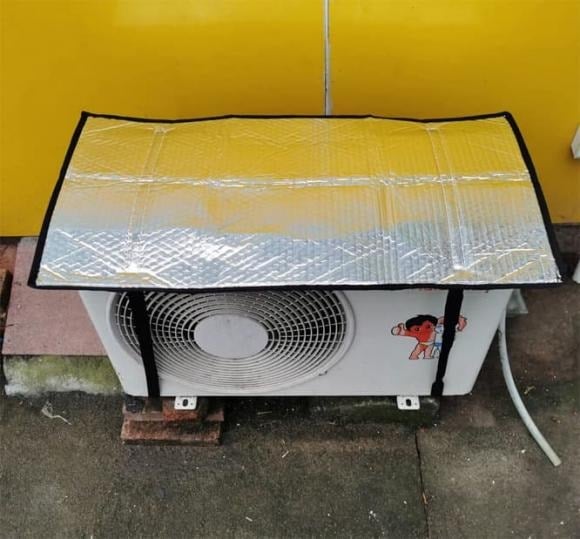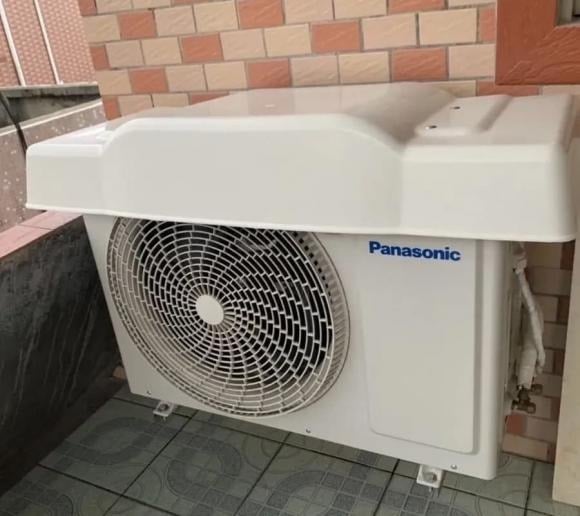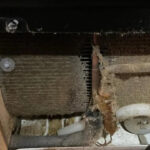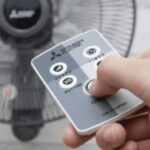As the summer heat intensifies, with outdoor temperatures soaring above 40°C, seeking refuge in an air-conditioned room set at a comfortable 20°C becomes an appealing option to beat the heat. Air conditioners, with their two main components—the indoor evaporator coil and the outdoor condenser coil—have made summers much more bearable. While the evaporator coil resides indoors, providing cool air, the condenser coil is installed outdoors and is exposed to the elements, including wind, sun, and rain.
Concerned about the potential impact of weather conditions on the longevity of their air conditioning units, some people opt for covering the outdoor condenser coil with dust covers or installing awnings to shield it from the sun and rain, believing that this will extend the lifespan of their equipment.
However, is covering the condenser coil truly effective? Many individuals have executed this practice incorrectly, leading to undesirable outcomes.
The Drawbacks of Awnings and Dust Covers for Air Conditioner Condenser Coils
The notion of installing an awning or using a dust cover for the outdoor condenser coil stems from the belief that it will not only protect the unit from sun and rain but also prevent dust and dirt from accumulating inside. Nevertheless, reality paints a different picture, revealing potential detrimental consequences.
During the operation of an air conditioner, the outdoor condenser coil emits a significant amount of heat. For efficient cooling, it is imperative for the condenser coil to dissipate this heat effectively. By obstructing the condenser coil with an awning or a dust cover, its heat dissipation capability is hindered. This not only compromises the cooling efficiency indoors but may also adversely affect the normal operation of the compressor.
Ironically, what was initially intended to prolong the lifespan of the air conditioner may ultimately result in reduced cooling effectiveness and even shorten the lifespan of the equipment.

The belief that awnings or dust covers are necessary for AC condenser coils is common.
Can the Outdoor Condenser Coil Be Left Exposed to Sun and Rain?
Without the protection of an awning or a dust cover, the condenser coil is directly exposed to the elements, including prolonged exposure to sun and rain. But is this cause for concern?
Rest assured, as designers have taken this factor into account. The outdoor condenser coil is typically constructed from corrosion-resistant aluminum alloy, ensuring durability and robustness. Additionally, its lightweight nature prevents rust or decay over extended periods of exposure to weather conditions.
Furthermore, the condenser coil is designed to be waterproof, preventing any internal damage from rain. The rotating fan within the coil also aids in keeping it clean by removing any rainwater that comes into contact with it.
Consequently, the outdoor condenser coil is well-equipped to withstand adverse weather conditions without succumbing to damage or water infiltration.
Important Considerations When Using an Outdoor Condenser Coil
Quality of the Condenser Coil Support
When constructing a new home, it is common to allocate a dedicated space for the installation of the outdoor condenser coil. However, if space constraints exist, it becomes necessary to mount the condenser coil on a wall using a support bracket. Ensure that the bracket is securely fastened with expansion bolts and is of superior quality. Subpar brackets may rust over time, leading to safety hazards and potential detachment of the condenser coil.

Building a dedicated space for the outdoor condenser coil is common during construction.
Regular Inspection of the Outdoor Unit’s Framework
The lifespan of a typical support bracket for an outdoor condenser coil is approximately six years, after which it should be replaced to prevent loosening or rusting. Regular inspections of the bracket are crucial to ensure its integrity. In case of any anomalies, immediate replacement is recommended to maintain safety and efficiency.
In conclusion, covering the outdoor condenser coil with awnings or dust covers is unnecessary and may even be counterproductive, leading to reduced cooling efficiency and a shorter lifespan for your air conditioning unit.
Is Air Conditioning an Effective Way to Dry Clothes?
The answer is a resounding no. While it may be tempting to speed up the drying process of your laundry by placing it near an air conditioner, the high temperatures emitted by the compressor can cause significant damage to the fabric. The intense heat can degrade the fabric’s structure, leaving your clothes and linens stiff and prone to premature wear and tear.
The Air Conditioner Conundrum: Why the “4 Don’ts and 3 Do’s” Rule is a Must for Buyers
“Through trial and error, I’ve learned the hard way that you can’t always trust the salesperson’s pitch when it comes to air conditioners. Over time, I’ve had to replace three units due to my inexperience. From now on, I’ll be following the “4 No-Buys and 3 Must-Buys” rule when purchasing air conditioners to ensure I make the right choice.”



































